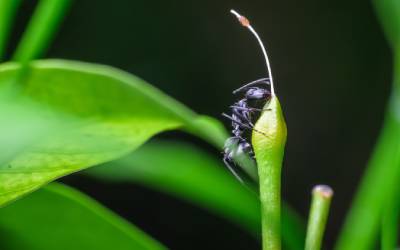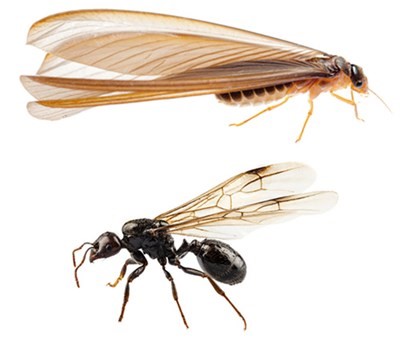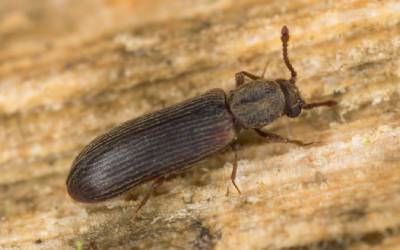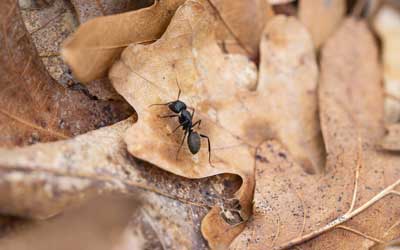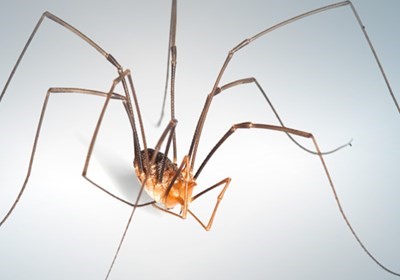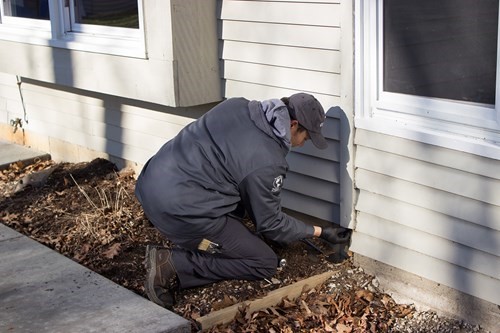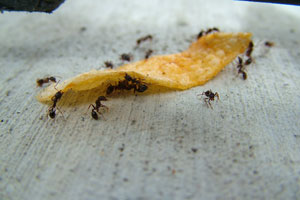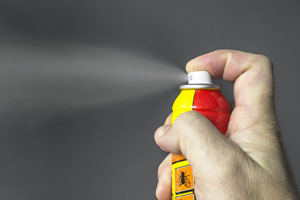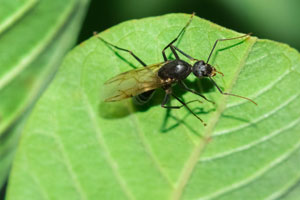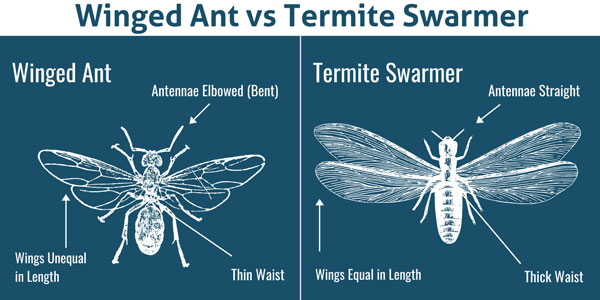While they might not be quite as destructive as termites, carpenter ants are wood-destroying insects that we have to watch out for. The issue with carpenter ants is that they don’t ever have to leave our homes—they can build multiple nests inside our walls and continue to cause destruction from within. It’s important to know the best ways to keep them out of your building and how to get rid of them when they show up. Read on for advice from the top carpenter ant exterminators in Wisconsin at Batzner Pest Control!
Do I Have Carpenter Ant Damage?
Carpenter ant damage is notoriously difficult to detect until it becomes a serious problem. Because carpenter ants nest inside our walls and can even break off to create satellite nests, damage can start from deep within and spread all over with ease. Have you noticed any of these signs of carpenter ant damage in your home?
- Small, unexplained piles of wood shavings
- Faint rustling sounds coming from your walls
- Winged ants crawling out of holes or cracks in your building
Carpenter ants are black in color and usually measure ¼-⅜” in length. If the ants you’re seeing around damaged wood aren’t winged, check for large mandibles. This is a good sign that you have carpenter ants.
Get Rid of Carpenter Ants to Stop Damage
If you’re already sure that you have carpenter ants or carpenter ant damage in your home or business, the first thing you have to do is get rid of them to make sure that they can’t cause any further destruction. There are a few DIY carpenter ant removal strategies that you may wish to try:
- Mixing borax with sugar water to put near their nest
- Pouring soapy water or window cleaner into their nest area to flush them out
- Use natural remedies like cinnamon, lemon eucalyptus oil, or citrus-based cleaners to deter them from moving throughout your home
The problem with these strategies is that they don’t often get rid of carpenter ants for good. To do so, you have to find their main nest and possibly even multiple satellite nests that they’ve built, depending on the length and severity of the infestation.
Professional Carpenter Ant Extermination in Wisconsin
The only way to be sure that you’ve gotten rid of every carpenter ant in your home or business is to hire an expert ant exterminator to inspect your home for nests. Our ant control team is trained to conduct exhaustive inspections to complete WDI reports that leave no corner or crevice unchecked. We can also help you determine the source of your infestation and give you advice on how to protect your unique building from carpenter ants in the future. Contact us today for a free quote!

